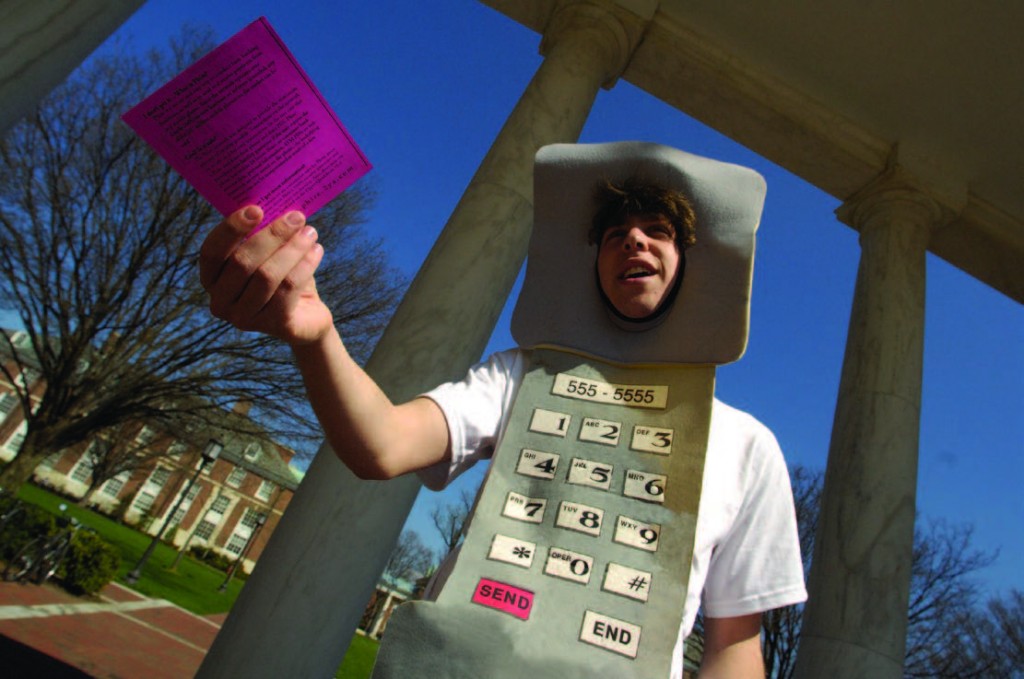
The course is called Advertising Promotions. The 18 undergraduates enrolled in it refer to themselves as the “Veritas Blue Advertising Agency” and go by titles such as “Manager of Public Relations” and “Finance Manager.” While the students must master key marketing concepts and market research skills, they also have to market a new mobile banking technology.
The class, taught by lecturer Leslie Kendrick and offered through the Whiting School’s Center for Leadership Education, competes with classes from five other colleges to create the most effective marketing communications plan promoting “Phire” technology. Phire, created by the real-life Sapphire Mobile Systems, enables mobile banking through your cell phone.
“The connection between engineering and business is just growing stronger at the Whiting School,” says Mark Presnell, director of the university’s Career Center. “Offering classes like this through the School of Engineering enables our students to take what they learn in their more technical classes and turn this knowledge into a marketable commodity in a variety of fields.”
Neeraj Bansal, senior vice president for Sapphire, had specific goals in mind when he asked students to develop a marketing strategy. “Advertising to college students on Facebook and Myspace is an obvious strategy,” he says. “We don’t need Johns Hopkins students to tell us that.” Instead, he says, he wanted them to identify a target market and determine how to market to that group.
In addition to developing a website, promoting across campus and to local business, and producing videos for Internet distribution, Veritas Blue secured television, radio, and print media publicity. And, on April 2, the students held a “Phire Fare” on campus, where they hosted a “Phire Hot Wing Eating Contest,” distributed fliers, and gave away logo-emblazoned ping-pong balls. One member of Veritas even dressed up as a cell phone.
On April 26, the students made their final presentation to Bansal. The group reported more than 830 unique visits to their website and more than 400 attendees at the Phire Fare. And while only 34 percent of the attendees would have been likely to use Phire before they attended the event, 82 percent said they’d be likely to do so after having learned more about it at the Phire Fare.
Ultimately, Veritas Blue reported that at the beginning of their campaign only 2 percent of the Hopkins population had heard of Phire, but by the end the student marketers had raised awareness campus-wide to 35 percent.




